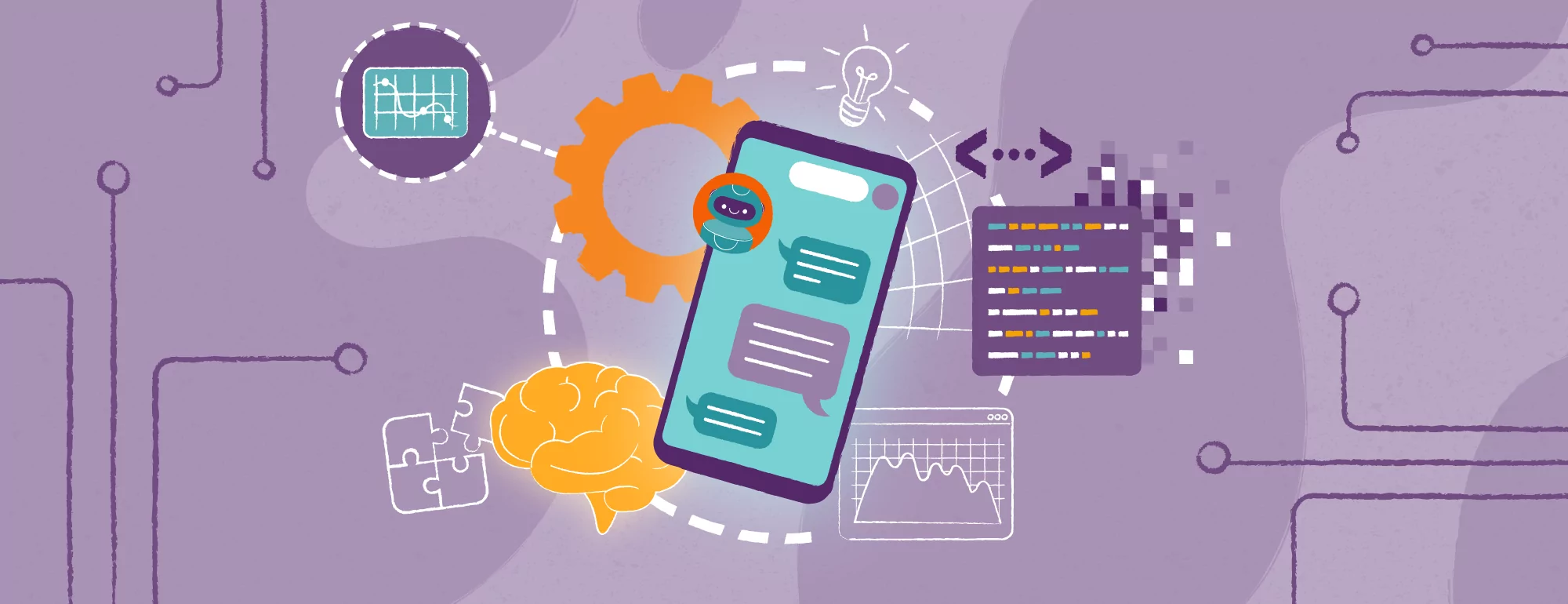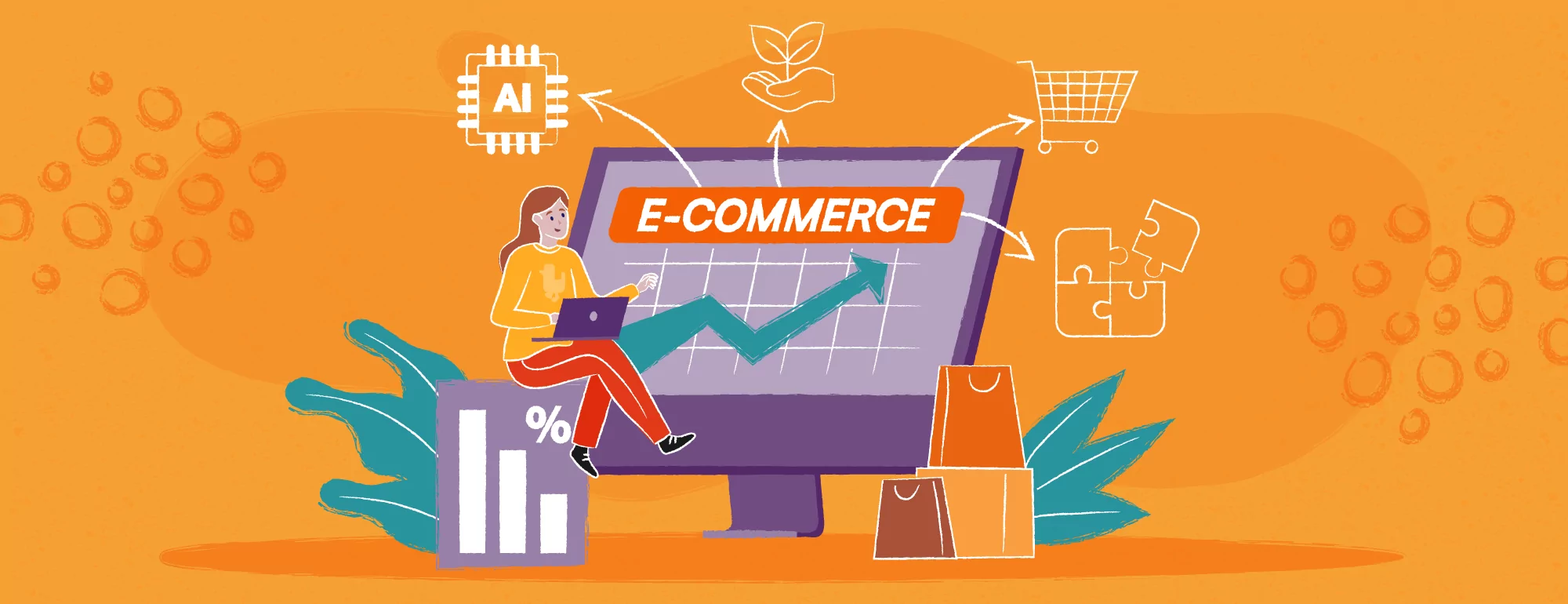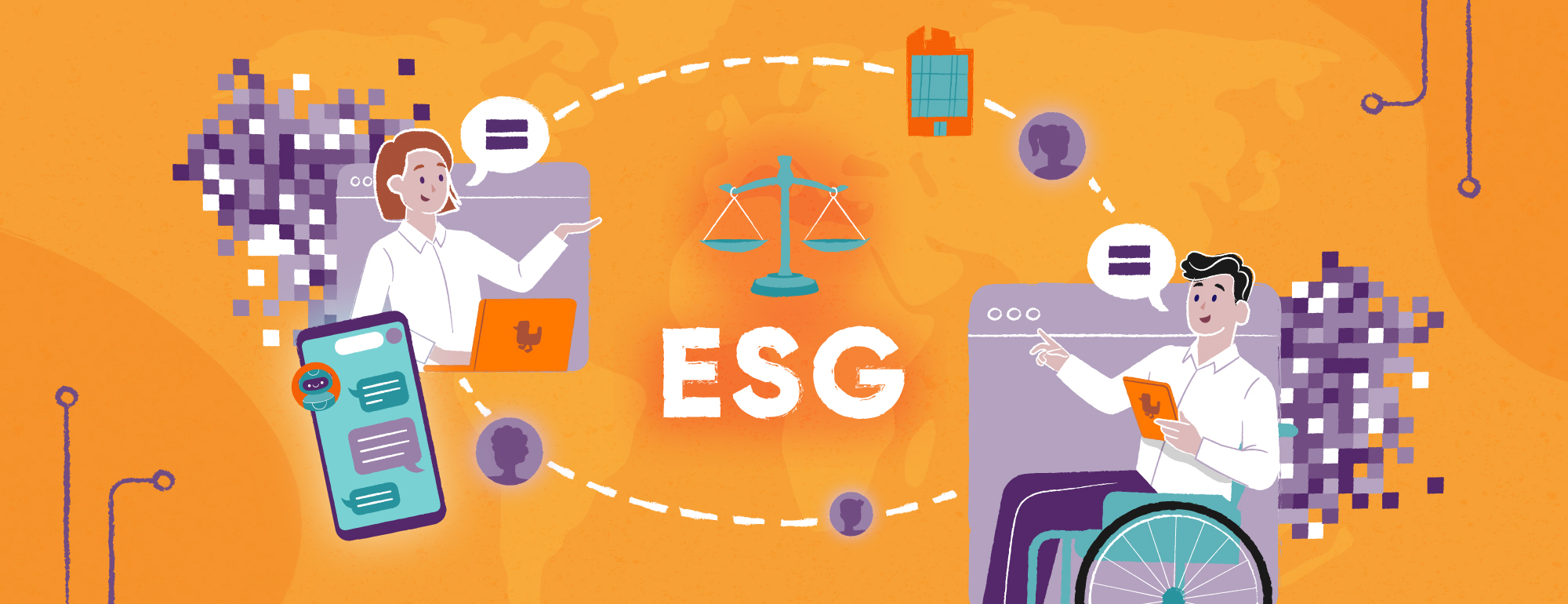Agentic Commerce / The End of Traditional E-Commerce?
Chatbots and generative AI models are emerging as new shopping agents, capable of independently searching for products, comparing offers, and recommending specific solutions, often with little to no direct user involvement. This shift towards agentic commerce is transforming how consumers make decisions and how brands compete for attention online.
This article is for e-commerce managers, manufacturers, and distributors who want to understand how to prepare their product data for the era of AI-assisted shopping. We explain what agentic commerce is, how shopping agents work, and how businesses can ensure their products remain visible in AI-generated results.
What Is Agentic Commerce?
Agentic commerce represents a new era of online shopping, where the intermediary role is taken over by an intelligent AI agent operating with a high degree of autonomy. Unlike traditional e-commerce, where users browse, compare, and click “Buy Now”, agentic commerce allows artificial intelligence to complete the entire purchase process.
An AI agent can autonomously search for products, compare options, and make a purchase on behalf of the user. It acts proactively: not just reacting to requests like a chatbot, but setting goals and taking independent actions to achieve them.
How it differs from traditional e-commerce and chatbots:
- Traditional e-commerce: the user manually browses store pages, searches for products, adds items to the cart, and completes payment. Every step is controlled by the human.
- Chatbots and voice assistants: they respond to questions or commands (like checking order status or suggesting a product), but operate within a limited scope.
- Agentic commerce: uses autonomous AI agents with genuine agency – the ability to make decisions and take action based on defined objectives. These agents go beyond recommendation; they can complete purchases without ongoing human supervision.
For example, instead of displaying a list of winter jackets, an agent might immediately choose one that matches the user’s criteria and order it for home delivery. Shopping agents can understand complex requirements, analyze multiple sources of information, negotiate prices, and adapt to changing conditions.
In short, they act with initiative, while traditional systems merely react.
How AI Agents Work in Practice
Agentic AI combines three key capabilities: reasoning, planning, and action. Unlike conventional chatbots that handle single queries, agents can grasp broader context and execute a full task from start to finish.
The process starts with a user’s intent, a need or instruction that’s often complex or loosely defined. The agent analyzes it, plans accordingly, asks for clarification if needed, and then proceeds to act.
Example: Instead of typing “running shoes,” a user might say:
“I need lightweight, waterproof trail running shoes under $100.”
Rather than displaying a list of links, the agent understands the request, identifies that the user is looking for trail shoes, reviews available models, considers customer feedback, and selects the best deal, all in seconds.
Step by Step
1. Understanding the need
The agent begins by interpreting the user’s goal. If someone says, “I’m looking for a gift for my dad,” the agent doesn’t stop there, but it follows up with questions like:
“What’s your budget?”, “What are his interests?”, “Should the gift be practical or symbolic?”
This turns a general idea into a well-defined task.
2. Searching and analyzing
Once the details are clear, the agent activates its data systems, scanning store catalogs, comparing specifications, reading reviews, and checking availability.
If connected to external APIs, it can also review real-time promotions, delivery schedules, and ratings from shopping platforms.
For example, if someone is searching for a new coffee machine, the agent analyzes dozens of models, compares features like brewing method and pressure, filters out poorly reviewed ones, and presents the top two or three options.
It behaves less like a search engine and more like a knowledgeable consultant who takes the time to find the perfect match
3. Decision and purchase
Once the best option is selected, the agent initiates the purchase. It can add the item to the cart, complete shipping details, apply discount codes, and finalize payment.
Some companies are already testing solutions that allow agents to make purchases on behalf of users, within predefined budgets or with one-time authorization.
Example:
“Book me a flight to Barcelona for Friday morning.”
The agent compares airlines, finds the best deal with checked baggage, books the flight, and sends the confirmation by email.
Soon, such agents will even be able to reschedule automatically if the flight is delayed or canceled.
4. After-sales support
The most advanced agents don’t stop after the purchase. They track shipments, monitor order status, and take action when issues arise.
If a delivery is delayed, the agent automatically contacts the seller or courier. If the product falls short of expectations, it prepares a return or exchange form.
Over time, the agent builds a “shopping memory”, remembering sizes, brands, preferences, and favorite stores. Each subsequent purchase becomes faster, smarter, and more personalized.
Agentic Commerce: B2C Applications
Here are the most popular examples of agentic commerce applications in the B2C sector.
Intelligent Shopping Assistant
In e-commerce, AI agents can add a powerful new layer of automation in both sales and customer service.
Imagine a system that notices when a customer regularly orders the same items, like cleaning supplies or cosmetics and automatically reorders them at the right time.
For the retailer, that means fewer abandoned carts, higher retention, and predictable recurring revenue.
Complex “On-Demand” Shopping
Agents can simplify more complex purchases, like buying gifts or seasonal items.
A customer might type:
“Find a birthday gift for my brother, under $50, something tech-related.”
The agent analyzes the context, searches product catalogs, checks reviews and popularity, and selects the best match. It can even arrange gift wrapping and direct delivery to the recipient.
For brands, this means more one-step conversions and higher conversion rates, as AI shortens the path to purchase and removes hesitation.
Travel and Service Assistants
More e-commerce brands are expanding into related services, like travel, events, and lifestyle. An agent can act as an integrated planning tool, combining data from various sources to offer complete packages: tickets, accommodations, and complementary products.
From a business perspective, this opens new data monetization models and extends the customer journey beyond traditional product categories.
Agentic Commerce in B2B: Intelligent Procurement and Supplier Automation
This is what agentic commerce looks like in the B2B sector.
Virtual Procurement Department
In trading and manufacturing, AI agents can handle much of the routine work of procurement teams.
They analyze required components, search supplier databases, compare prices, lead times, and quality, even negotiate discounts within predefined rules and approve orders under budget limits.
The result: time savings, process transparency, smarter data use, and fewer specification errors.
Managing Supplier Requests
AI agents can also automate sourcing processes, from sending requests for quotations to analyzing and recommending the best offers.
In practice, the system acts like an intelligent analyst: gathering bids, comparing terms, considering supplier history, and selecting the most cost-effective solution. It can also monitor inventory and trigger restocking automatically to prevent supply shortages.
For e-commerce and B2B leaders, this marks a shift from a reactive to a predictive purchasing model, one that’s driven by data and automation.
Key Benefits (and Risks) of Agentic Commerce
Implementing autonomous shopping agents could redefine how companies sell and how consumers buy. It brings enormous potential for efficiency and loyalty, but also introduces new challenges that e-commerce leaders must be ready to manage.
Top Benefits of Agentic Commerce
1. Convenience and speed
Agents can move users from inspiration to purchase in seconds. There’s no need for manual comparison – AI handles it all, filling in forms and completing payment. It’s the next stage of seamless commerce, where shopping becomes nearly invisible but remarkably effective.
2. Real-time personalization
Agents learn continuously from user behavior and purchase history, enabling hyper-relevant recommendations that outperform traditional personalization engines. They remember preferences, sizes, and favorite brands, deepening engagement and boosting average order value.
3. Automation and lower costs
Repetitive tasks like restocking, updating prices, or placing orders can run in the background. Agents work 24/7, adapt to demand fluctuations, and reduce human error, improving cost efficiency and inventory turnover.
4. Higher conversions and fewer abandoned carts
Agents remove friction: they help users complete forms, apply promo codes, and select delivery options.
As a result, more transactions reach checkout and conversion rates increase.
5. New revenue and monetization models
Agents can execute complex purchase scenarios, combining multi-vendor products, tracking prices in real time, or buying at the perfect moment. For businesses, this means new revenue streams and a strategic edge in the era of data and automation.
The Main Challenges of Agentic Commerce
1. Handing control over to AI
Not all customers will immediately trust an AI agent. The loss of perceived control and uncertainty about algorithmic decisions can slow adoption. Businesses must provide transparency and easy override options.
2. Accountability for mistakes
What if an agent misinterprets a command or buys the wrong product? Responsibility becomes a gray area: is it the platform, the retailer, or the technology provider? Clear governance and legal frameworks will be essential.
3. Security and fraud risks
Automating payments and orders introduces new vulnerabilities. Agents must be protected from manipulation, phishing, and fraud through strong authentication, monitoring, and spending limits.
4. Changing rules of competition
In a world where agents, not humans, select products, traditional SEO and advertising lose relevance.
Brands will need to optimize for generative AI systems, not search engines, a new discipline known as GEO (Generative Engine Optimization).
Companies that fail to adapt risk losing visibility and traffic, as algorithms (not users) will soon decide which products enter a customer’s “shopping universe.”
What’s Next: Preparing for the Age of AI Agents
By adopting intelligent agents, brands can automate customer service, accelerate sales, and deliver real-time personalized experiences. Companies that start experimenting now will gain an early advantage: streamlined operations, lower costs, and stronger customer relationships.
The next step is to establish the right technological foundation: clean data, system integrations, and scalable architecture that make AI agents viable in practice.
If you’d like to learn how to prepare your organization for the era of agentic commerce,
connect with a Univio expert. We’ll help you move from concept to execution – safely, efficiently, and with your e-commerce future in mind.








